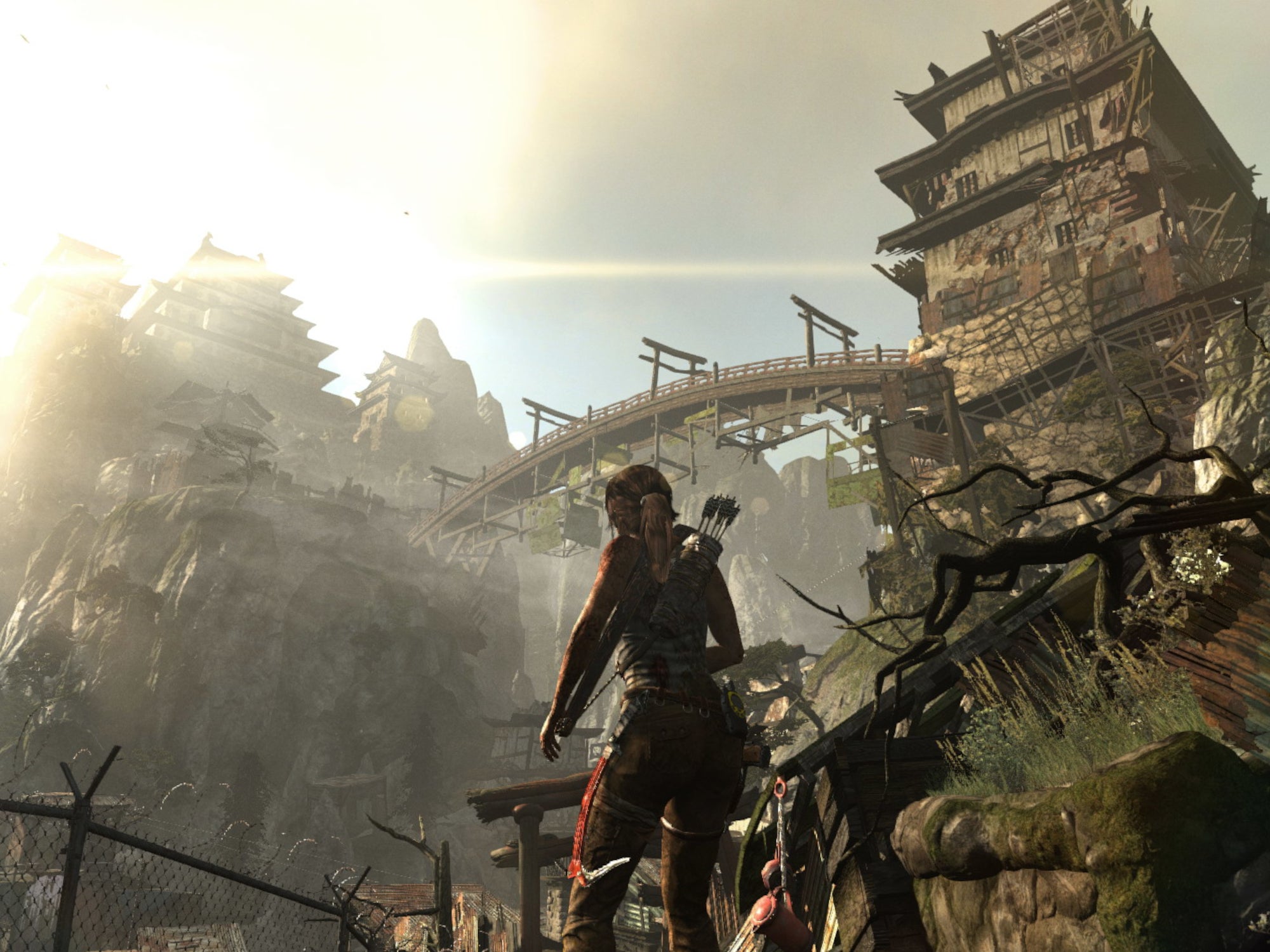The newly discovered black hole dwarfs everything previously known. The research team noticed one thing in particular.
BALTIMORE – Only with the help of two large space telescopes has an American research team succeeded in tracking down the oldest black hole in the universe. The black hole hiding at the center of the UHZ1 galaxy was only discovered by combining data from the James Webb Space Telescope (JWST) and the Chandra X-ray Telescope. “We needed Webb to find this remarkably distant galaxy, and Chandra to find its supermassive black hole,” says study leader Akos Bogdan from the Center for Astrophysics (CfA).
The James Webb Space Telescope contributed infrared images, while Chandra provided X-ray images of the black hole itself. A cosmic coincidence also played a role in the new discovery: through the so-called gravitational lensing effect, the galaxy’s light was magnified four times – enabling Chandra to discover the black hole.
The black hole formed 470 billion years after the Big Bang
These, along with its galaxy UHZ1, are located about 13.2 billion light-years from Earth, so they were created in the universe only 470 million years after the Big Bang. The black hole is an important discovery for astronomy: it aims to help explain how supermassive black holes were able to reach large masses within a short period of time after the Big Bang.
Bogdan’s research group determined that the newly discovered black hole was large in size from the beginning. Based on X-rays, scientists estimate its mass to range from ten to 100 million solar masses.
Bogdan’s team has a theory, as co-author Andy Golding explains in one of them NASA announcement “There are physical limits to how quickly black holes can grow once they form,” he explains. But those who are born larger have a head start. “It’s like planting a sapling that takes less time to grow into a full-grown tree than just starting from seed.”
The black hole is as massive as the galaxy surrounding it
It is worth noting that the estimated mass of the black hole is approximately equal to the total mass of all stars in the galaxy UHZ1, where the black hole is located. This is different for younger black holes: they usually contain only about a tenth of the stellar mass of their parent galaxy.
“We believe this is the first detection of a massive black hole and the best evidence obtained so far that some black holes form from massive gas clouds,” confirms co-author Priyamvada Natarajan. “For the first time, we see a brief phase in which a supermassive black hole weighs as much as the stars in its galaxy before it recedes.” Nature astronomy It will be published and it already is Available as a preprint. (unpaid bill)
Automated assistance was used in writing this article by the editorial team. The article was carefully examined by editor Tanya Banner before publication.

“Prone to fits of apathy. Zombie ninja. Entrepreneur. Organizer. Evil travel aficionado. Coffee practitioner. Beer lover.”






More Stories
Amazon offers one of the best video games of all time
The cosmic journey from the Big Bang to stardust
Copilot comes to Outlook mobile apps